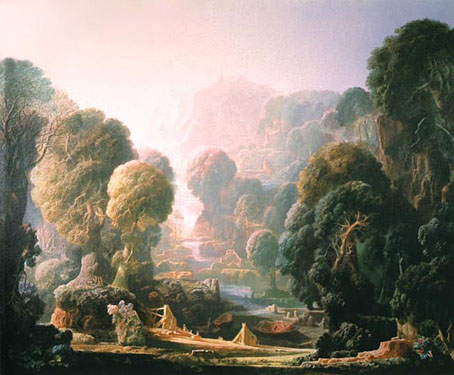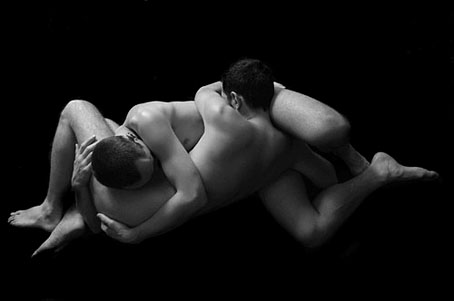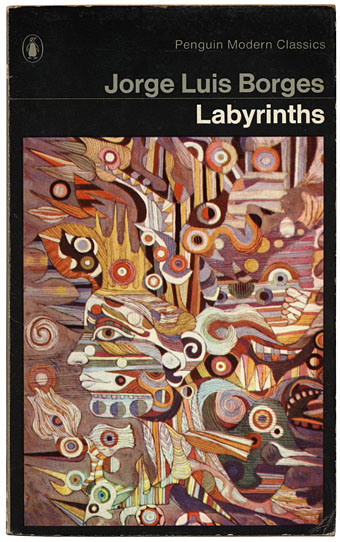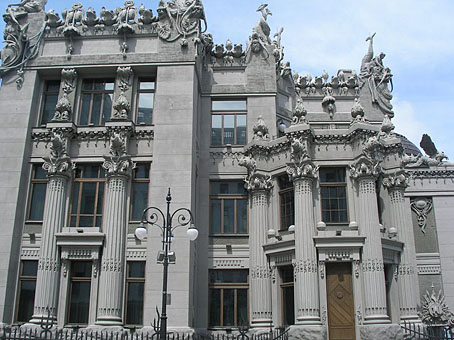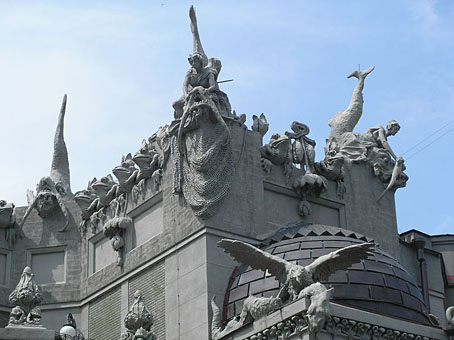Having finally lost patience with the K2 theme I’m now searching for a better solution so things will be in a state of flux here for a while. Much as I like K2, the developers seem incapable of producing a stable version despite the number of people working on it. The older version I was using screwed up the header uploads while the latest upgrade made a mess of the live search. Trying to deal with their problems as well as the occasional conflicts caused by upgrading WordPress itself is more trouble than I need.
Update: Okay, it looks like I’m going with Grid Focus by Derek Punsalan. I’d toyed with the idea of using a 3-column layout before and I like the presentation of this one. The trouble with WordPress themes is that the minimal ones tend to be far too minimal while the not-so-minimal ones are often highly-coloured and unsuited to the purpose of sitting alongside the rest of my site. So for now this seems a decent solution although it’ll require some additional hacking to bring back some of the features I was using before. Your patience is requested.

